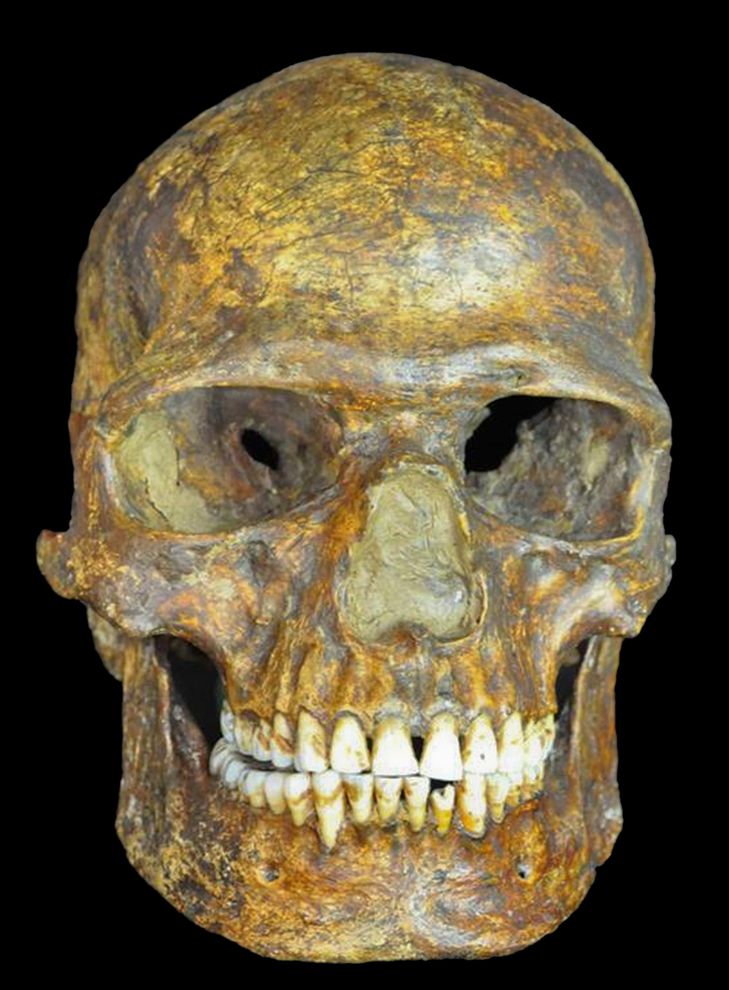Human Origins in Europe
/ Human bones can reveal many secrets—information pointing to identity, evidence of trauma or murder, or genetic information about origins. It is this last that we’re going to discuss today.
Human bones can reveal many secrets—information pointing to identity, evidence of trauma or murder, or genetic information about origins. It is this last that we’re going to discuss today.
The common concept of Europe’s origins and the modern people who now inhabit it revolves around the themes of travel, invading armies, conquest, and population mixing. But a recent paper published in the prestigious journal Science suggests that understanding may be incorrect.
In 1954, human remains were found outside the city of Voronezh—in Voronezh Oblast, Russia—at the Kostenki excavation. Excavated by a Russian team, the remains were dated at 37,000 years old, making them some of the oldest skeletons ever found in Europe. The femur of one particular set of remains, a male identified as Kostenki 14, yielded DNA suitable for sequencing. And what researchers found has changed what we know about early man's population of Europe.
Thirty-seven-thousand years ago, humans banded together in hunter-gatherer populations. Agrarian living and the advent of farming that then led to the rise of civilizations didn’t occur until approximately 10,000 – 15,000 years ago. It wasn’t until the development of agriculture produced a surplus of foodstuff for local populations that individuals were able to take on jobs different from farming and hunting. Civilizations were born as positions such as bureaucrats, lawmakers, medical personnel, clergy, and the military were created.
Approximately 74,000 years ago Mount Toba on the Indonesian Island of Sumatra erupted catastrophically in one of the worst volcanic eruptions in earth’s history. The Toba catastrophe hypothesis holds that this caused six to ten years of global volcanic winter and may have triggered an ice age. The severe cooling decimated or completely eradicated many of the earth’s species including man. It is estimated the human population dropped from possibly up to sixty million to a mere several thousand. Evidence of this near extinction exists in our DNA and in the traces of a genetic bottleneck at that time.
During this crisis, all human life was situated in Africa. Once the species began to rebound, humans spread out of Africa as hunter/gatherer populations foraged in search of sustenance. Populations spread into the Middle East and from there went west to populate Europe, east and south to populate Asia, or east and north over the Bering Strait to populate North and later South America.
When the genetic sequences of Kostenki 14 were compared to modern European sequences, a surprising correlation occurred—the ancient sequences were remarkably similar to modern DNA. The implication is that unlike the expected sequences indicating waves of discrete migrations, the genetic results show that the modern European developed by a constant flow of incoming populations with gene flow moving in all directions. The theory of groups moving into an area, killing off the previous inhabitants and then taking over has been disproved.
Another interesting point is that Kostenki 14’s genetic makeup is significantly different from those of ancient Asians or Australeo-Malaysians, indicating the genetic split between these groups that occurred as the groups separated after leaving Africa occurred before 35,000 B.C.
Photo credit: Peter the Great Museum of Anthropology and Ethnography (Kunstkamera)
Goodreads Book Giveaway
Two Parts Bloody Murder
by Jen J. Danna
Giveaway ends December 11, 2014.
See the giveaway details at Goodreads.




 57.7%
57.7%